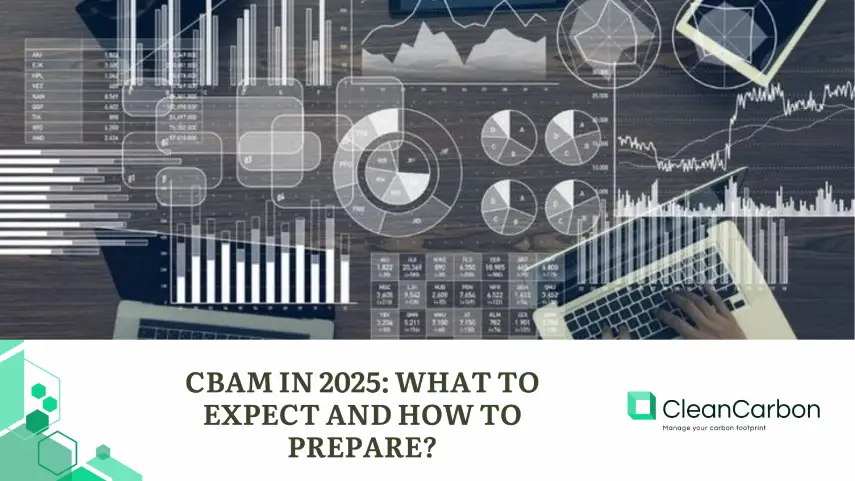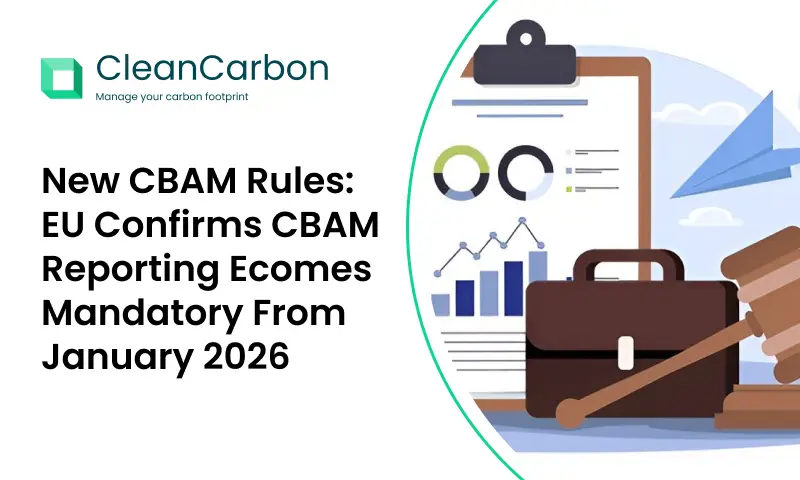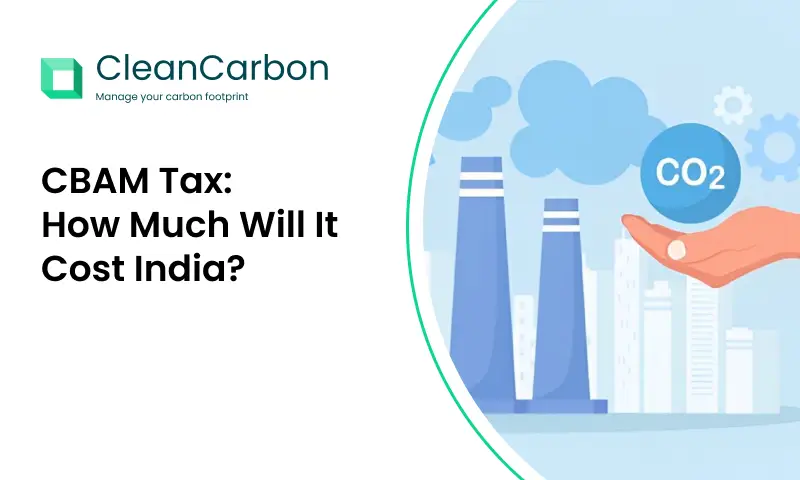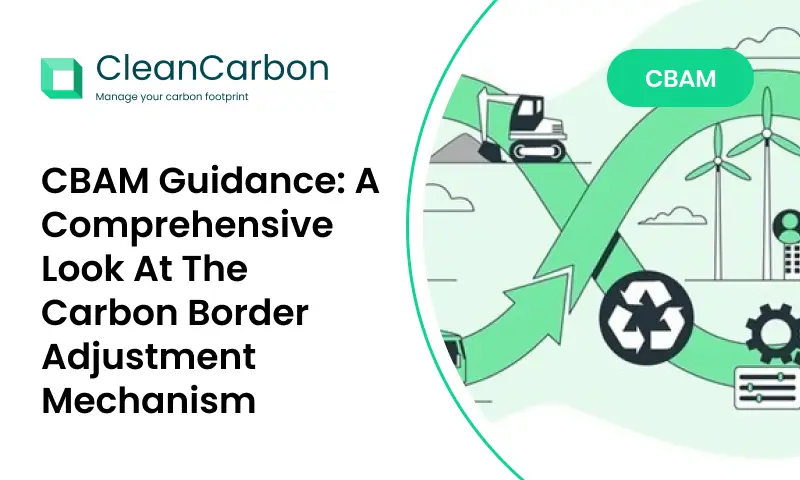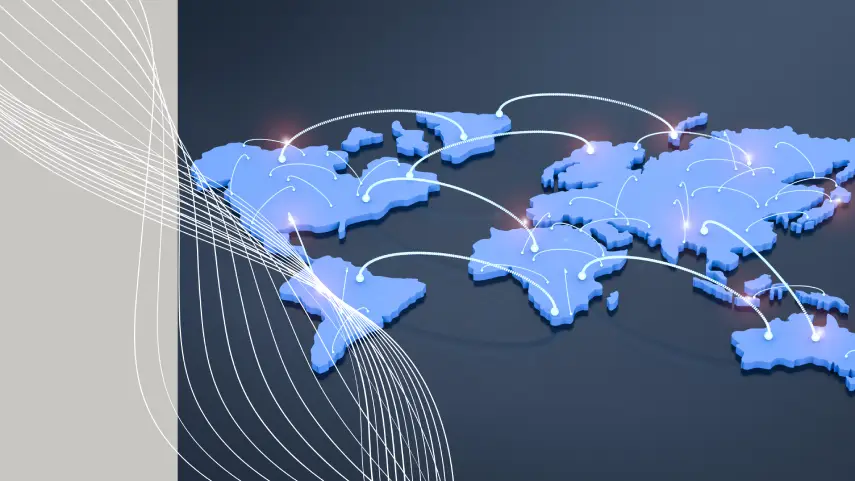CBAM in 2025: What to Expect and How to Prepare?
CBAM is no longer a distant policy—it’s here, and its full implementation is accelerating. As we move through 2025, businesses, policymakers, and trade partners must adapt to this transformative climate regulation. What does CBAM’s rollout mean for global trade, competitiveness, and decarbonization? And how can companies prepare?
Let’s break it down.
CBAM in 2025: Key Developments
1. Transition Phase Ramps Up:
The CBAM transitional period (Oct 2023–Dec 2025) requires importers to report embedded emissions in goods like steel, cement, aluminum, fertilizers, hydrogen, and electricity. But CBAM in 2025 marks a critical shift:
- Stricter Reporting: Expect more detailed emissions data requirements.
- First Financial Impacts: While full carbon costs won’t apply until 2026, businesses must start accounting for future liabilities.
2. Expansion to Indirect Emissions?:
Currently, CBAM covers direct emissions (Scope 1), but discussions are underway to include indirect emissions (Scope 2, e.g., electricity use). If adopted, this could significantly impact exporters relying on coal-powered grids.
3. Legal and Trade Challenges:
- WTO Disputes: Countries like China, India, and Russia may challenge CBAM as a trade barrier.
- Retaliatory Measures: Some nations could impose tariffs on EU exports in response.
4. Growing Global Influence:
The EU’s CBAM is inspiring similar policies worldwide:
- UK, Canada, and the US are exploring their own carbon border measures.
- China’s national ETS may expand to cover exports, creating a parallel system.
How Businesses Should Prepare CBAM in 2025
1. Steps Businesses Can Take:
- Invest in carbon accounting software to accurately measure embedded emissions.
- Ensure supply chain transparency—many companies lack data from suppliers.
2. Decarbonize or Lose Competitiveness:
- Switch to renewables: Steel and cement producers using green hydrogen or carbon capture will have a cost advantage.
- Adopt circular practices: Recycling aluminum and steel reduces CBAM exposure.
3. Engage in Policy Advocacy:
- Monitor CBAM updates and participate in EU consultations.
- Lobby for fair treatment if your industry faces disproportionate costs.
4. Scenario Planning for Trade Risks:
- Model how CBAM costs will impact pricing and profitability.
- Diversify supply chains to mitigate geopolitical risks.
The Bigger Picture: CBAM as a Climate Game-Changer
CBAM isn’t just a tax—it’s reshaping global trade in favor of low-carbon production. Companies that adapt early will gain a competitive edge, while laggards risk losing market access.
Key Questions for 2025:
- Will CBAM accelerate global carbon pricing?
- Can developing nations access green financing to comply?
- How will the EU balance climate goals with trade fairness?
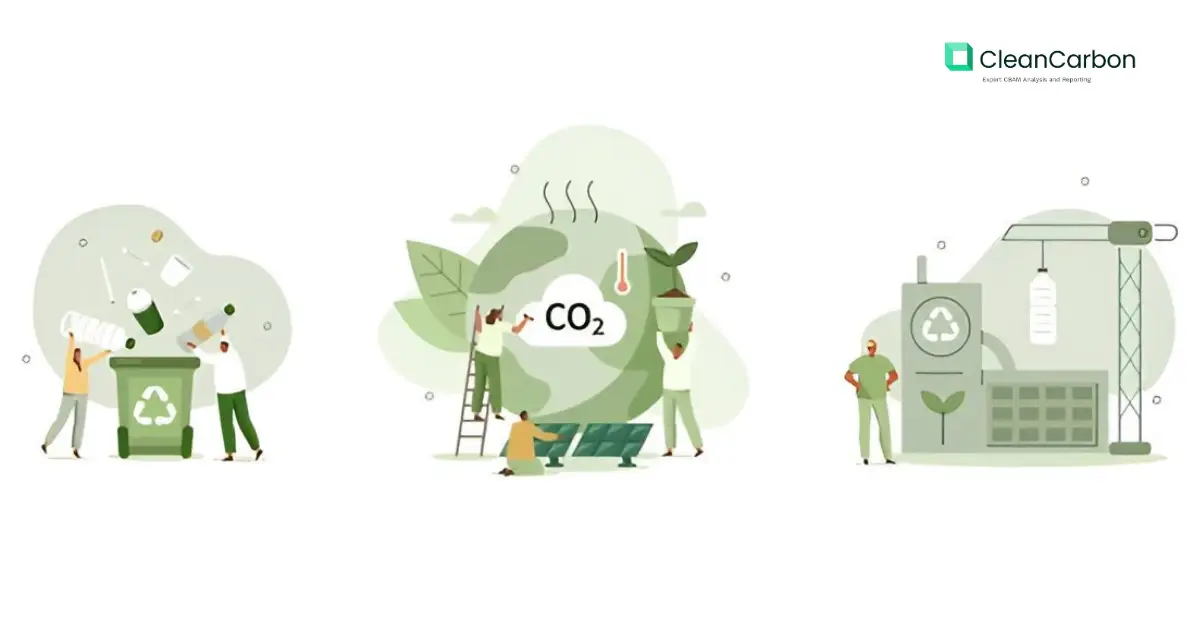
Final Thoughts
2025 is a pivotal year for CBAM. Businesses must act now—measure emissions, invest in clean tech, and strategize for trade shifts. Those who do will thrive in the new carbon-constrained economy.
What’s your CBAM strategy? Share your thoughts below!

